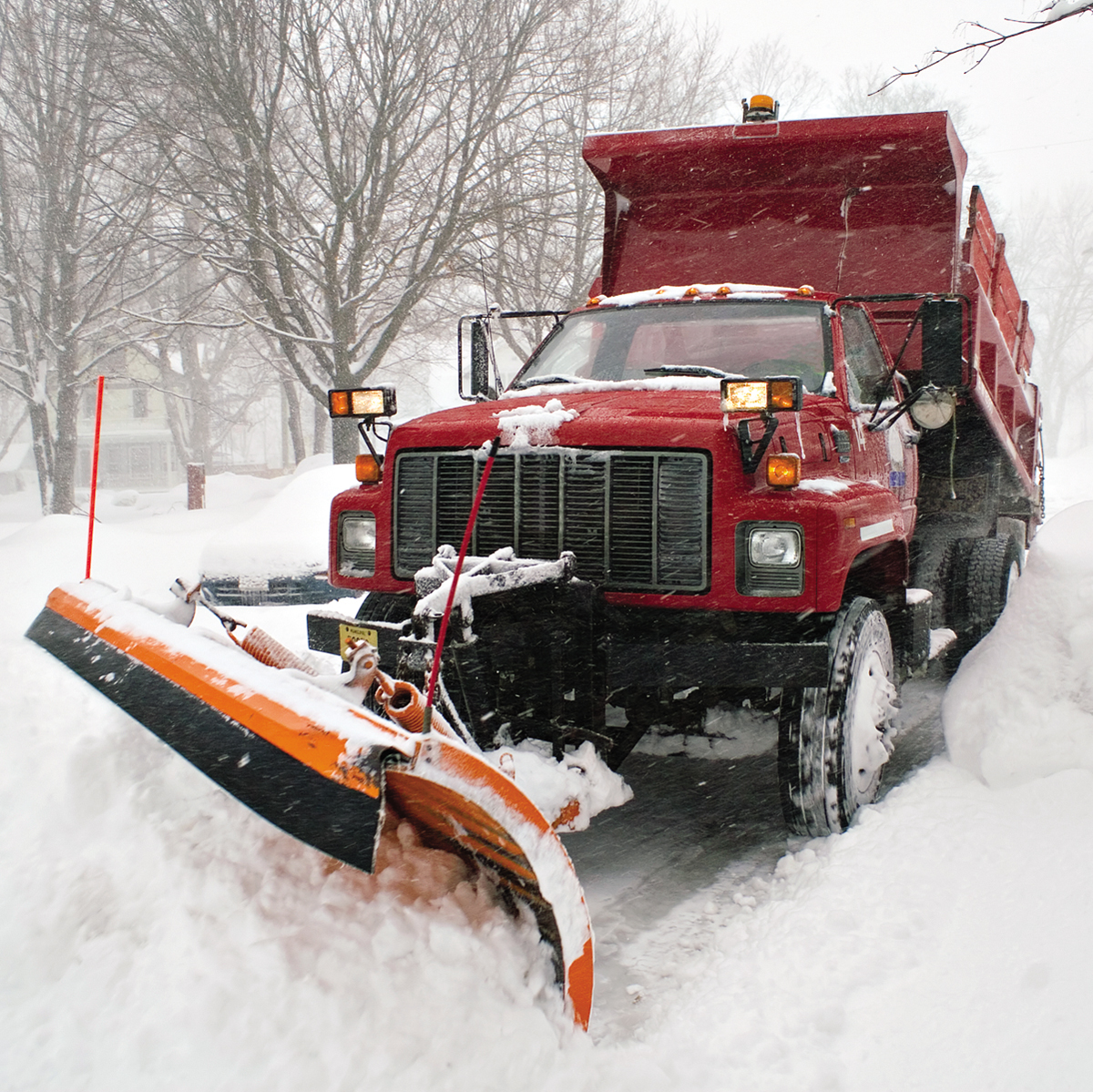Sunk Costs
To complete our discussion of costs, we need to include the concept of sunk costs. When making decisions, knowing what to ignore is important. Although we have devoted much attention to costs that should be taken into account when making a decision, some costs should be ignored when doing so. This section presents the kind of costs that people should ignore when making decisions—
To gain some intuition, consider the following scenario. You own a car that is a few years old, and you have just replaced the brake pads at a cost of $250. But then you find out that the entire brake system is defective and also must be replaced. This will cost you an additional $1,500. Alternatively, you could sell the car and buy another of comparable quality, but with no brake defects, by spending an additional $1,600. What should you do: fix your old car, or sell it and buy another?

Some might say that you should take the latter option. After all, this line of reasoning goes, if you repair your car, you will end up having spent $1,750: $1,500 for the brake system and $250 for the brake pads. If you were instead to sell your old car and buy another, you would spend only $1,600.
However, this reasoning, although it sounds plausible, is wrong. It ignores the fact that you have already spent $250 on brake pads, and that $250 is nonrecoverable. That is, having already been spent, the $250 cannot be recouped. Therefore, it should be ignored and should have no effect on your decision whether to repair your car and keep it or not. From a rational viewpoint, the real cost at this time of repairing and keeping your car is $1,500, not $1,750. So the correct decision is to repair your car and keep it rather than spend $1,600 on a new car.
A sunk cost is a cost that has already been incurred and is nonrecoverable. A sunk cost should be ignored in a decision about future actions.
In this example, the $250 that has already been spent and cannot be recovered is what economists call a sunk cost. Sunk costs should be ignored in making decisions because they have no influence on future costs and benefits. It’s like the old saying, “There’s no use crying over spilled milk”: once something can’t be recovered, it is irrelevant in making decisions about what to do in the future. This applies equally to individuals, firms, and governments—
It is often psychologically hard to ignore sunk costs. And if, in fact, you haven’t yet incurred the costs, then you should take them into consideration. That is, if you had known at the beginning that it would cost $1,750 to repair your car, then the right choice at that time would have been to buy a new car for $1,600. But once you have already paid the $250 for brake pads, you should no longer include it in your decision making about your next actions. It may be hard to “let bygones be bygones,” but it is the right way to make a decision.
569
There’s No Business Like Snow Business
Anyone who has lived both in a snowy city, like Chicago, and in a city that only occasionally experiences significant snowfall, like Washington, D.C., is aware of the differences in total cost that arise from making different choices about fixed cost.
In Washington, even a minor snowfall—
In this sense Washington and Chicago are like two producers who expect to produce different levels of output, where the “output” is snow removal. Washington, which rarely has significant snow, has chosen a low level of fixed cost in the form of snow-

Summing Up Costs: The Short and Long of It
If a firm is to make the best decisions about how much to produce, it has to understand how its costs relate to the quantity of output it chooses to produce. Table 56.1 provides a quick summary of the concepts and measures of cost you have learned about.
Table 56.1Concepts and Measures of Cost
| Measurement | Definition | Mathematical term | |
| Short run | Fixed cost | Cost that does not depend on the quantity of output produced | FC |
| Average fixed cost | Fixed cost per unit of output | AFC = FC/Q | |
| Short run and long run | Variable cost | Cost that depends on the quantity of output produced | VC |
| Average variable cost | Variable cost per unit of output | AVC = VC/Q | |
| Total cost | The sum of fixed cost (short run) and variable cost | TC = FC (short run) + VC | |
| Average total cost (average cost) | Total cost per unit of output | ATC = TC/Q | |
| Marginal cost | The change in total cost generated by producing one more unit of output | MC = ΔTC/ΔQ | |
| Long run | Long- |
Average total cost when fixed cost has been chosen to minimize average total cost for each level of output | LRATC |